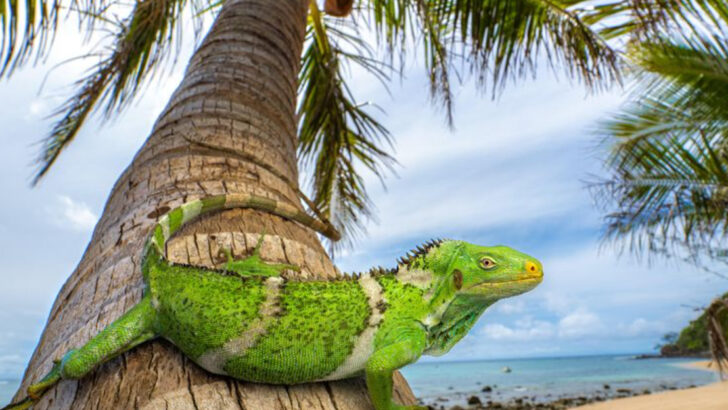They’re not from here—and they’re wrecking the place.
Invasive species are like uninvited guests who show up, eat everything, break the furniture, and never leave. From slimy snakes in the Everglades to plants that choke out entire forests, these troublemakers are turning ecosystems upside down.
They don’t care about balance. They don’t play nice. And they’re not going away quietly.
Some slither. Some fly. Some just sit there and spread like green wildfire. But they all share one thing—they’ve pushed native species to the brink, cost billions in damage, and left scientists scrambling for answers.
These aren’t just pests. They’re ecological wrecking balls.
Let’s meet 20 of the worst invaders the U.S. is struggling to control.
Asian Carp
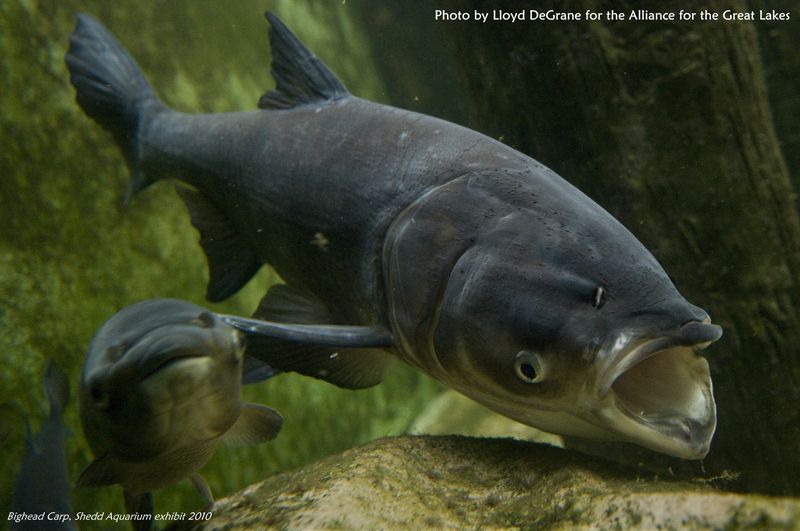
Asian Carp, known for their voracious appetite, have taken over many waterways in the Midwest. Their rapid spread is concerning, as they outcompete native fish, disrupting local ecosystems. These fish can grow quite large, and their tendency to leap out of the water has even been a hazard to boaters.
Efforts to control their population have been difficult, with various strategies being implemented. The ecological imbalance caused by Asian Carp is a pressing issue.
Did you know? These fish were originally introduced to control algae in aquaculture ponds, but they escaped into the wild.
Green Iguana
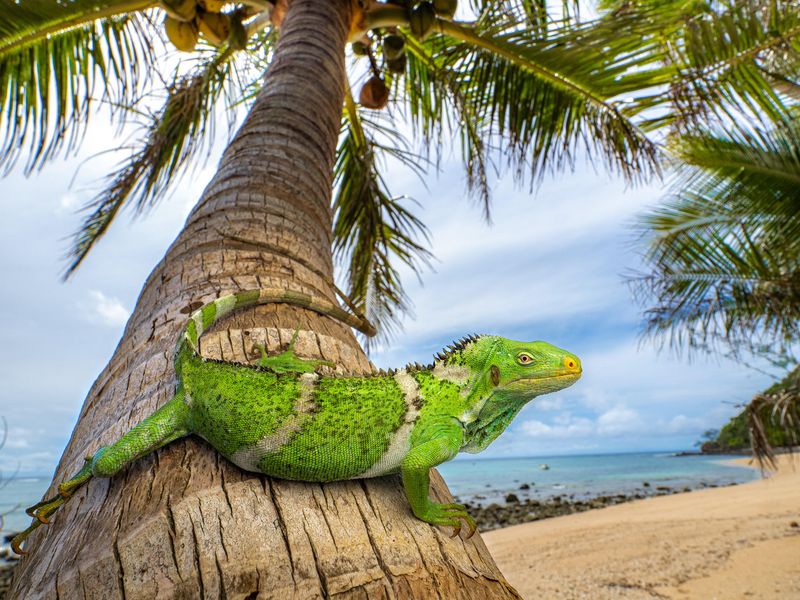
With their dragon-like appearance, Green Iguanas have captured the fascination of many pet owners. Unfortunately, when released into the wild, these reptiles become an invasive force, particularly in Florida. Their appetite for a wide variety of plants means they can cause significant damage to gardens and native vegetation.
Originally from Central and South America, Green Iguanas were introduced to the U.S. through the pet trade. Their adaptability to urban environments has allowed them to thrive, often at the expense of local species. These iguanas are also known to create burrows that can undermine infrastructure, leading to costly repairs.
Efforts to control the Green Iguana population include trapping and removal programs. However, their popularity in the pet industry continues to complicate these efforts, as accidental releases and intentional releases persist.
Burmese Python
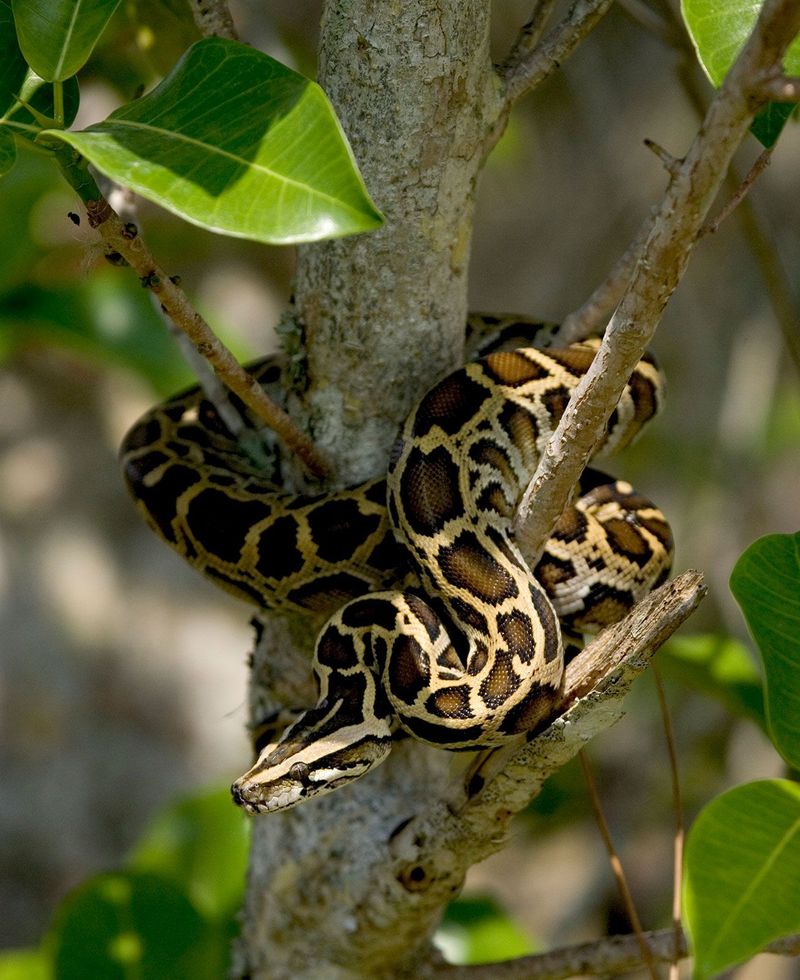
The Burmese Python has become a notorious resident of the Florida Everglades. Known for their impressive size, these snakes prey on a wide variety of animals, including birds and mammals.
The decline of several native species has been linked to the presence of Burmese Pythons. Their adaptability and elusive nature make them difficult to track and control.
These snakes were originally brought to the U.S. as exotic pets, but many were released into the wild, creating a breeding population that continues to thrive.
Zebra Mussels
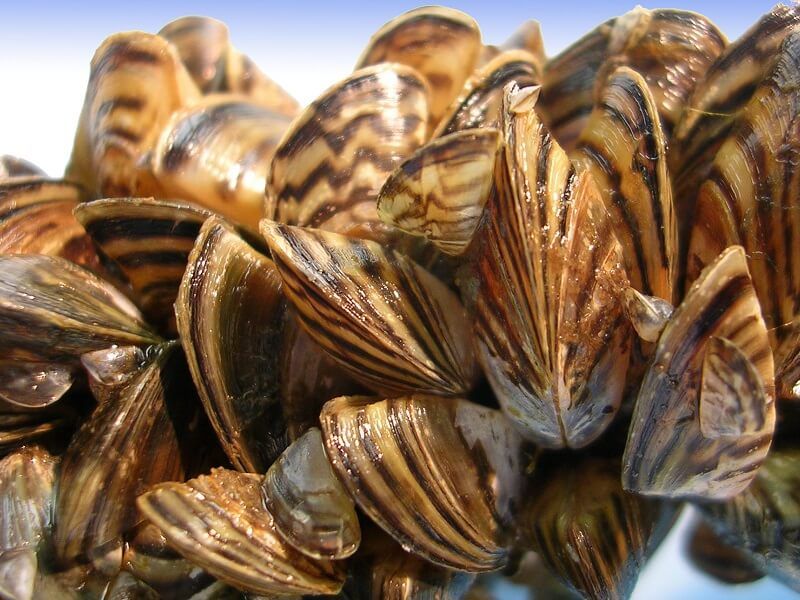
Zebra Mussels, small but mighty, have spread throughout the Great Lakes and beyond. Their ability to attach to surfaces in massive numbers disrupts local ecosystems and damages infrastructure like water pipes.
These mussels filter water efficiently, which can alter aquatic environments and outcompete native species. They also pose a significant economic challenge.
Efforts to manage their spread involve a combination of monitoring and treatment techniques, but eradication remains elusive.
European Starling
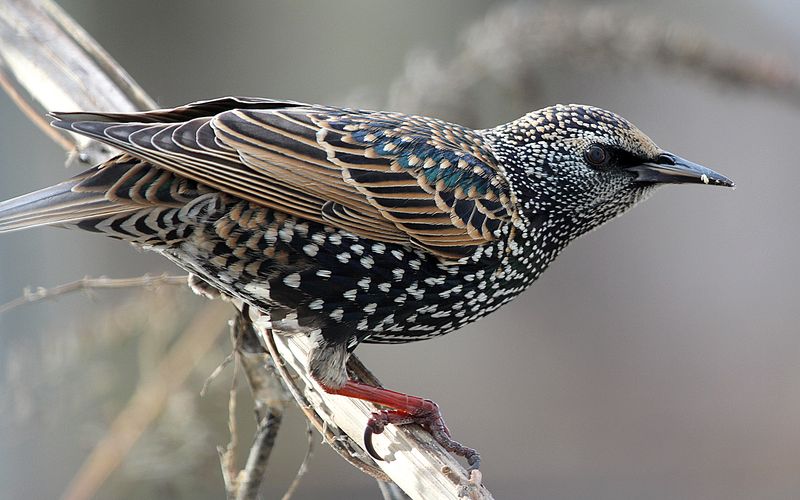
The European Starling, though beautiful in flight, is a problematic invader. Introduced in the 19th century, they have since spread across North America, often forming large, noisy flocks.
These birds compete with native species for food and nesting sites, leading to ecological imbalances. Their adaptability and aggressive nature make them a formidable presence.
Despite efforts to control their population, European Starlings remain widespread, impacting both wildlife and agriculture.
Emerald Ash Borer
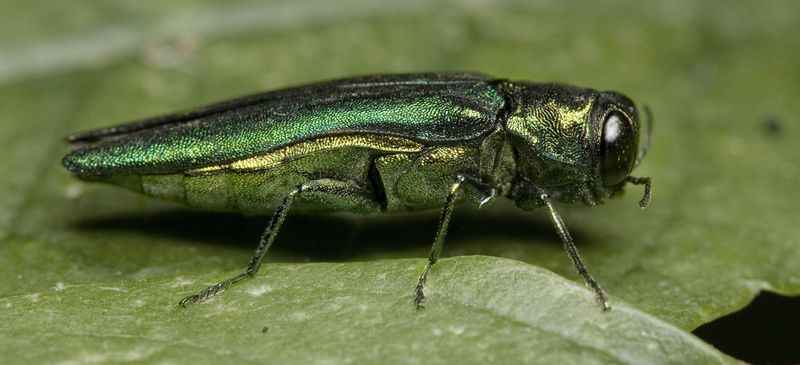
The Emerald Ash Borer is a small beetle with a devastating impact. Originally from Asia, these beetles have decimated ash tree populations across North America.
They bore into trees, disrupting nutrient flow and eventually killing them. The loss of ash trees has significant ecological and economic consequences.
Efforts to manage the infestation include quarantines and biological control measures, but the battle is ongoing.
Brown Marmorated Stink Bug
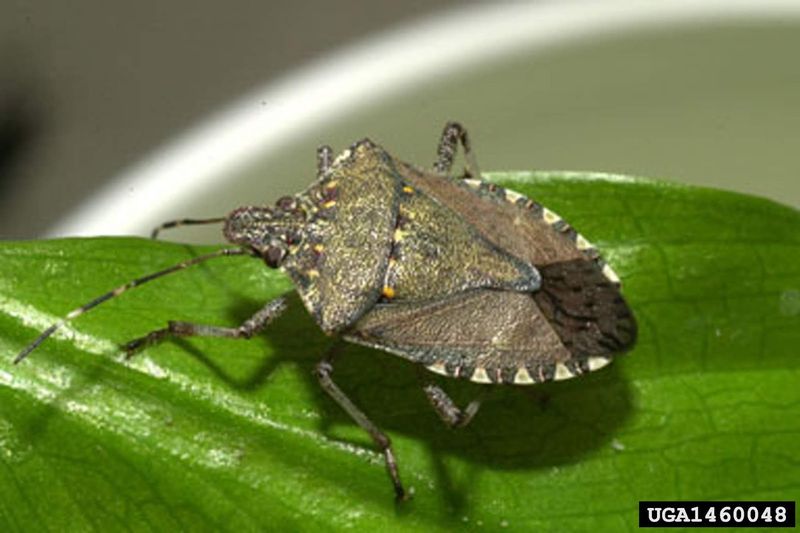
The Brown Marmorated Stink Bug, with its distinctive shield shape, has become a nuisance for farmers. Native to Asia, they feed on a wide variety of fruits and vegetables, causing significant agricultural damage.
These bugs also invade homes, especially during cooler months, seeking shelter. Their presence can be overwhelming, both indoors and outdoors.
Managing their population is a challenge, with research ongoing to develop effective control strategies.
Nutria
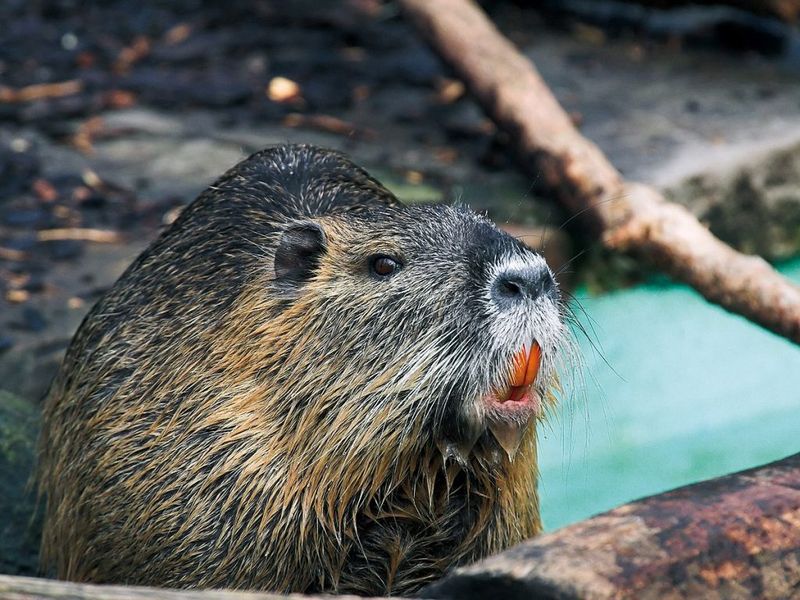
Nutria, large semi-aquatic rodents, have made their mark on wetland ecosystems. Native to South America, they were introduced to the U.S. for fur farming.
Their feeding habits destroy native vegetation, leading to erosion and habitat loss. The impact on wetlands is profound, affecting both plant and animal communities.
Control efforts include trapping and public awareness campaigns, but Nutria populations continue to grow in many areas.
Northern Snakehead

The Northern Snakehead, with its aggressive nature and sharp teeth, has made headlines as a “fish out of water.” Native to Asia, they have been found in multiple U.S. states.
Their ability to survive out of water and predate on native fish makes them a significant threat to aquatic ecosystems. They are often called “Frankenfish” due to their resilience.
Efforts to eradicate Northern Snakehead populations involve targeted fishing and public education to prevent further spread.
Sea Lamprey
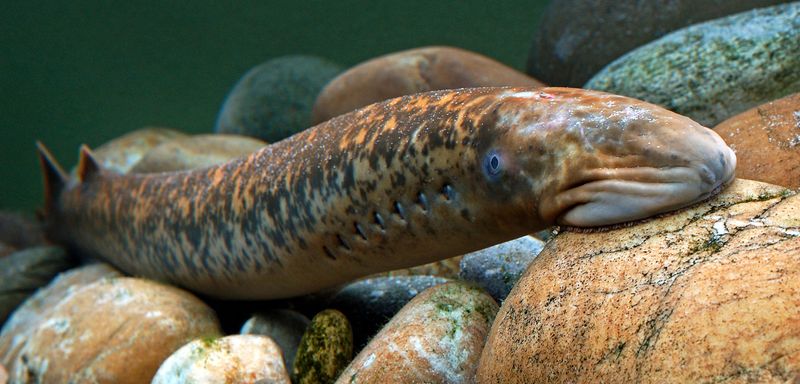
The Sea Lamprey is a parasitic fish that has wreaked havoc in the Great Lakes since its introduction. With an eel-like appearance and a mouth full of sharp teeth, it attaches itself to host fish, draining them of blood and bodily fluids. This has led to significant declines in native fish populations, affecting commercial and recreational fishing industries.
Native to the Atlantic Ocean, Sea Lampreys entered the Great Lakes through shipping canals in the early 20th century. Their presence has been detrimental to the ecosystem, with some fish species experiencing population collapses due to their predation.
Control efforts have included the use of chemical lampricides, barriers, and trapping to reduce their numbers. These efforts have been somewhat successful, but the Sea Lamprey remains a persistent threat to native fish in the region.
Feral Swine

Feral Swine, also known as wild hogs, wreak havoc on landscapes across the U.S. Their rooting behavior damages crops and natural habitats, leading to significant economic losses.
These adaptable animals reproduce quickly, making population control difficult. They also pose risks to livestock by spreading diseases.
Efforts to manage feral swine populations include hunting, trapping, and public education, but the challenge persists.
Asian Clam
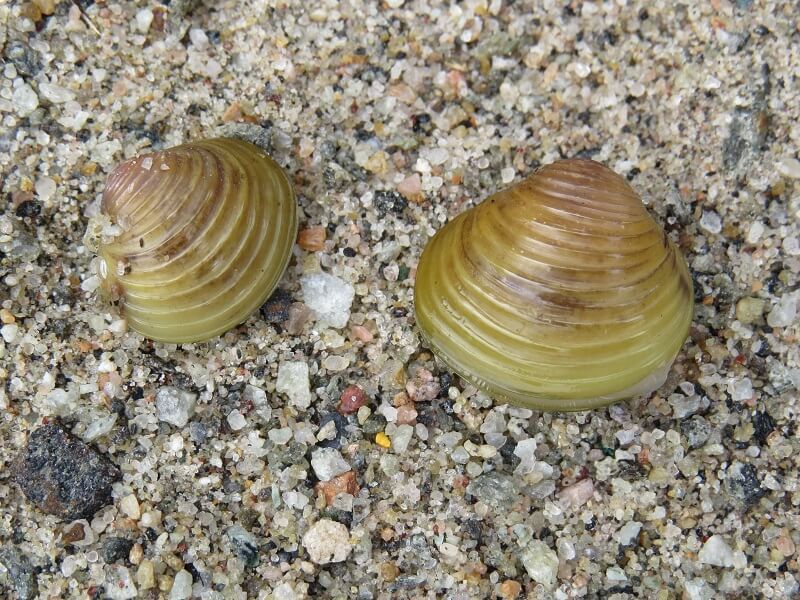
The Asian clam, with its rapid reproduction, clogs waterways and competes with native species for resources. Found in rivers and lakes, this bivalve disrupts ecosystems by altering nutrient cycles.
Their shells can accumulate in large numbers, impacting infrastructure and aquatic life. Despite efforts to control them, they continue to spread across the U.S.
Researchers are exploring biological controls, but the Asian clam’s adaptability makes it a persistent aquatic invader.
Africanized Honey Bees
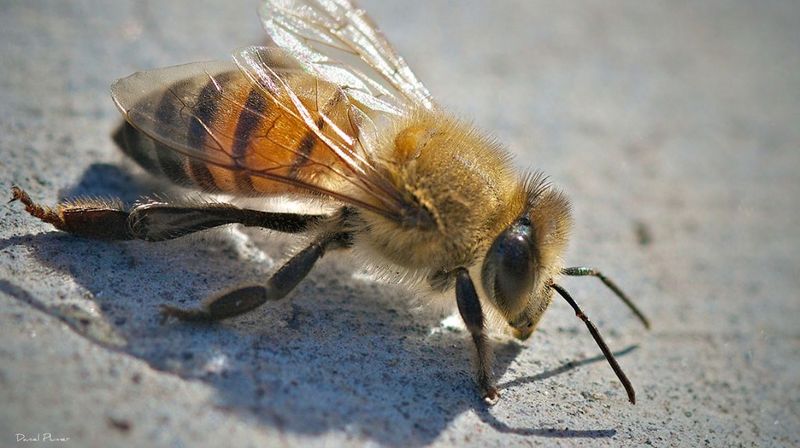
Africanized Honey Bees, often called “killer bees,” have garnered attention for their aggressive behavior. A hybrid of European and African bees, they spread quickly across the Americas.
Their defensive behavior poses risks to humans and animals, leading to dangerous encounters. Beekeepers and communities face challenges in managing their presence.
Education and preparedness are essential for minimizing risks associated with Africanized Honey Bees.
Japanese Beetle
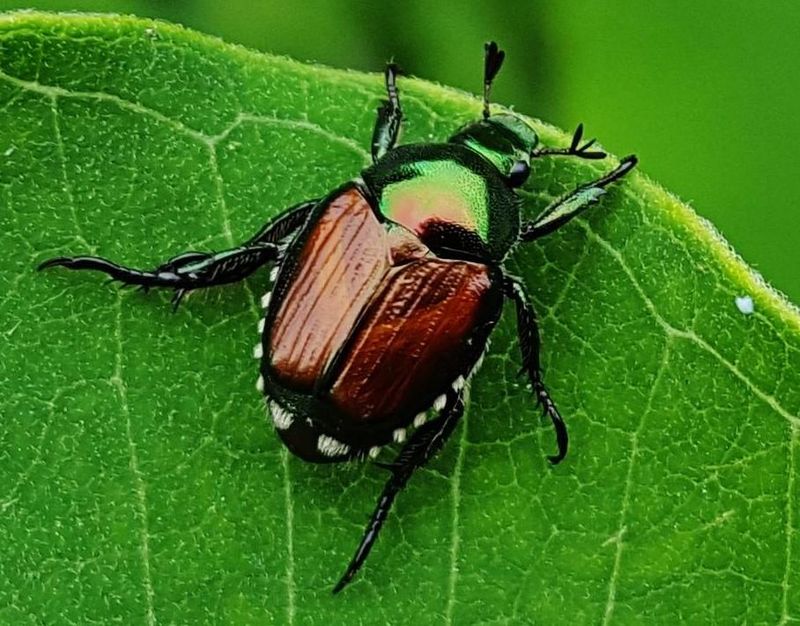
The Japanese Beetle, with its striking metallic appearance, is a notorious pest in gardens and farms. These beetles feed on a variety of plants, skeletonizing leaves and causing significant damage.
Native to Japan, they have few natural predators in the U.S., allowing their population to flourish. Controlling them requires an integrated approach involving traps and treatments.
Gardeners and farmers constantly battle these pests to protect crops and ornamental plants.
Quagga Mussels
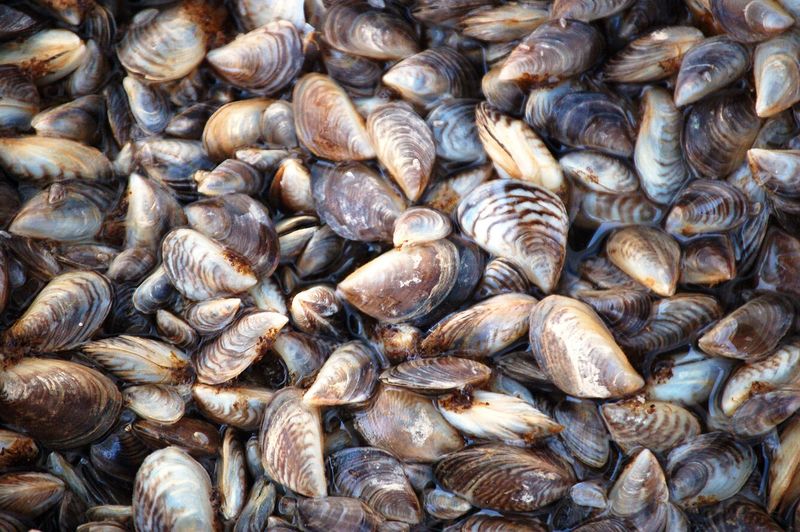
Quagga Mussels, similar to Zebra Mussels, have invaded waterways across the U.S. Their ability to colonize surfaces disrupts ecosystems and clogs water infrastructure.
These mussels filter water, altering nutrient dynamics and outcompeting native species for resources. Their spread poses significant environmental and economic challenges.
Efforts to manage Quagga Mussels focus on prevention and monitoring to limit their impact.
Spotted Lanternfly
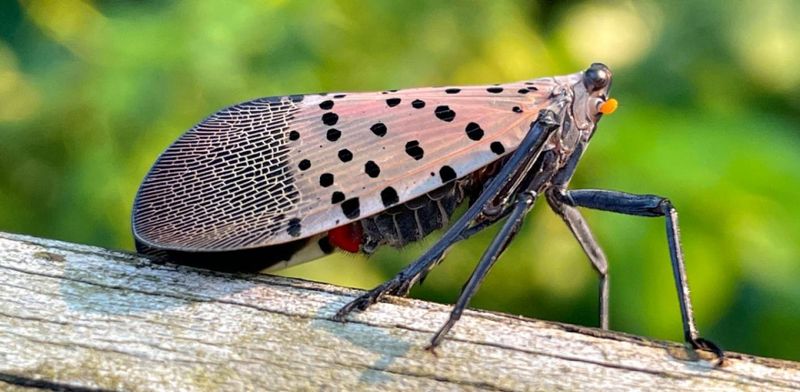
The Spotted Lanternfly, with its colorful wings, is a serious pest for agriculture and forestry. Native to Asia, they feed on a wide range of plants, including fruit trees and hardwoods.
Their feeding habits weaken plants, making them vulnerable to disease and reducing crop yields. Management efforts focus on early detection and public awareness.
Quarantine measures and treatment strategies aim to limit the Spotted Lanternfly’s spread and impact.
Lionfish

Lionfish, with their striking appearance, have become a problem in U.S. coastal waters. Native to the Indo-Pacific, they have few predators in the Atlantic, leading to population explosions.
They feed on a variety of reef fish, impacting biodiversity and reef health. Their venomous spines pose risks to divers and fishermen.
Efforts to manage Lionfish populations include organized culls and encouraging culinary use to reduce their numbers.
Formosan Termites
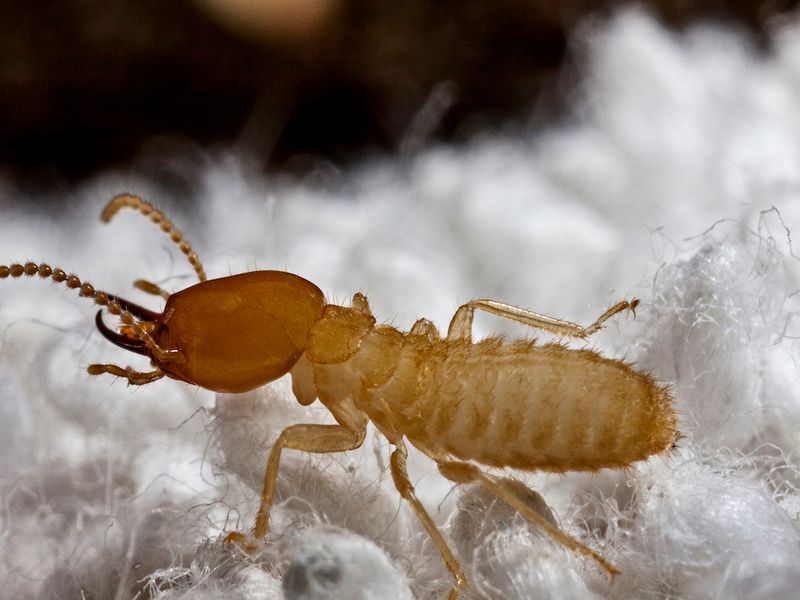
Formosan Termites, known for their destructive capability, have infiltrated numerous U.S. states. They consume wood at a rapid rate, leading to extensive structural damage.
Originally from Asia, these termites are challenging to control due to their large colonies and underground nests. They pose serious threats to buildings and infrastructure.
Management involves chemical treatments and constant vigilance to prevent infestations.
Cane Toad
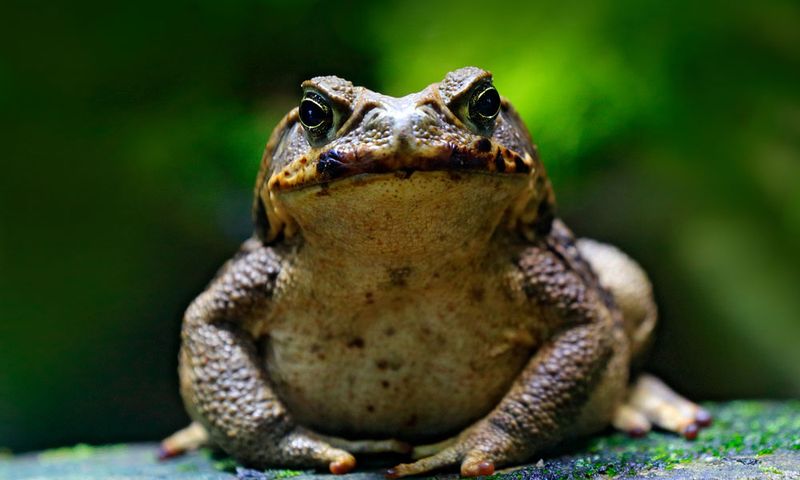
The cane toad, introduced to control pests in sugarcane fields, has become a pest itself. This amphibian’s toxic skin can kill native predators, leading to ecological imbalance.
Its resilience and adaptability enable it to thrive in various environments, spreading its range across the southern U.S.
Interestingly, some predators are adapting by learning to avoid the most toxic parts of the toad, but the battle against this invasive species continues.
Asian Longhorned Beetle
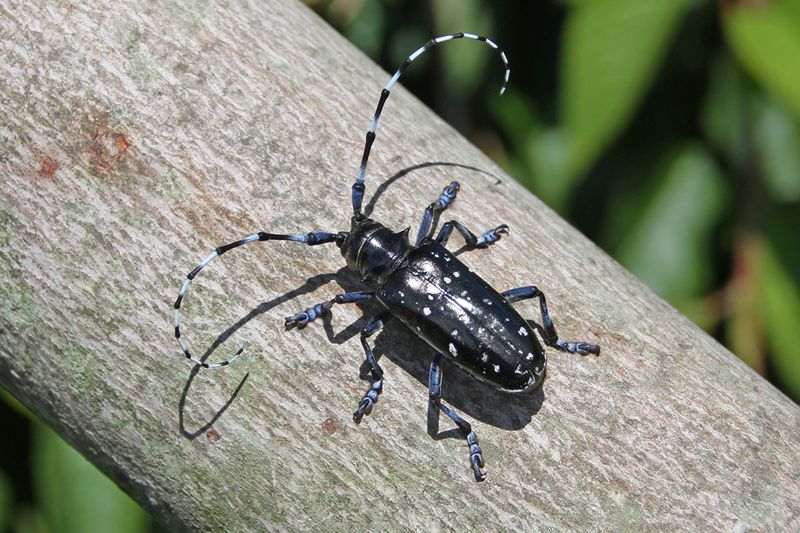
The Asian Longhorned Beetle, with its distinctive black and white markings, threatens hardwood trees. Native to East Asia, it bores into trees, disrupting nutrient flow and leading to death.
Infestations require extensive tree removal to prevent spread. The ecological impact is significant, particularly in urban and suburban areas.
Efforts to control this beetle involve monitoring and community involvement to protect forests.

